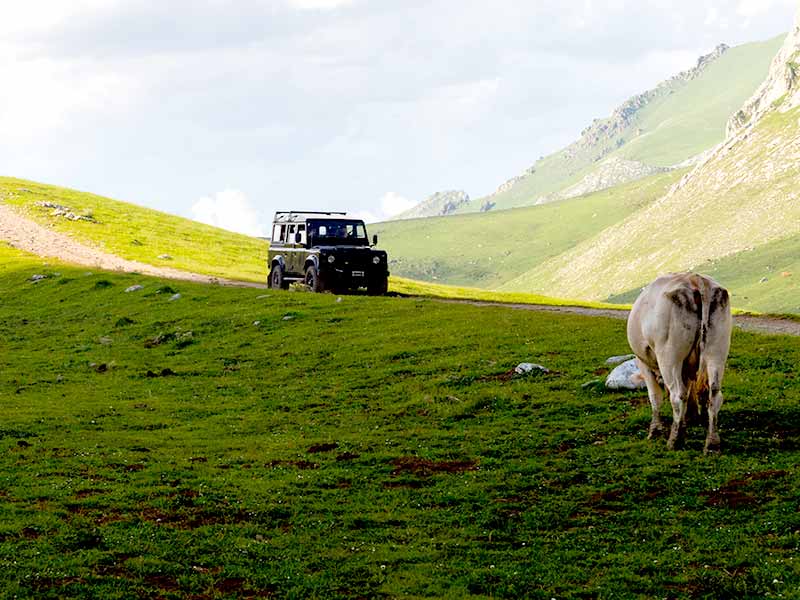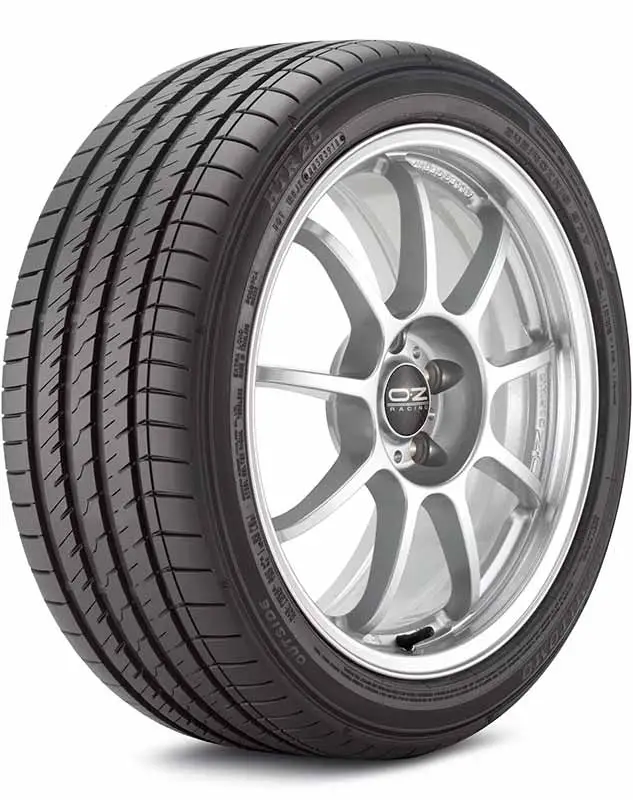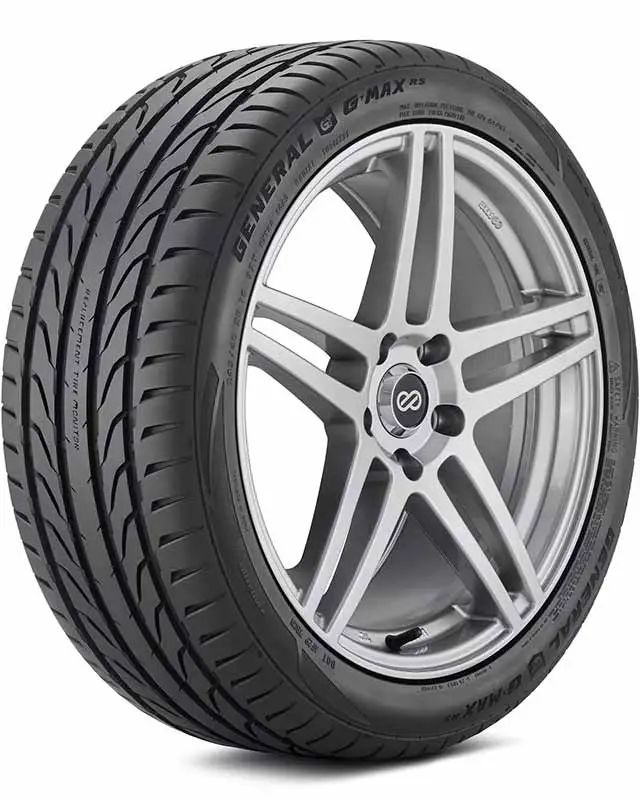When you’re gearing up for an off-road adventure, the last thing you want is to be held back by your own vehicle. That’s why understanding how to air down your tires properly can be a game changer, offering smoother rides and better traction over challenging terrains.
Air Down Tires For Off-Road
Airing down tires for off-road means deliberately reducing your vehicle’s tire pressure to increase traction and absorb terrain irregularities more effectively. It’s a crucial technique for enhancing off-road safety and performance.
In this article, you’ll discover the step-by-step process of airing down your tires, learn when and how to adjust tire pressure based on different terrains, and understand the benefits and potential pitfalls of this essential off-roading practice.
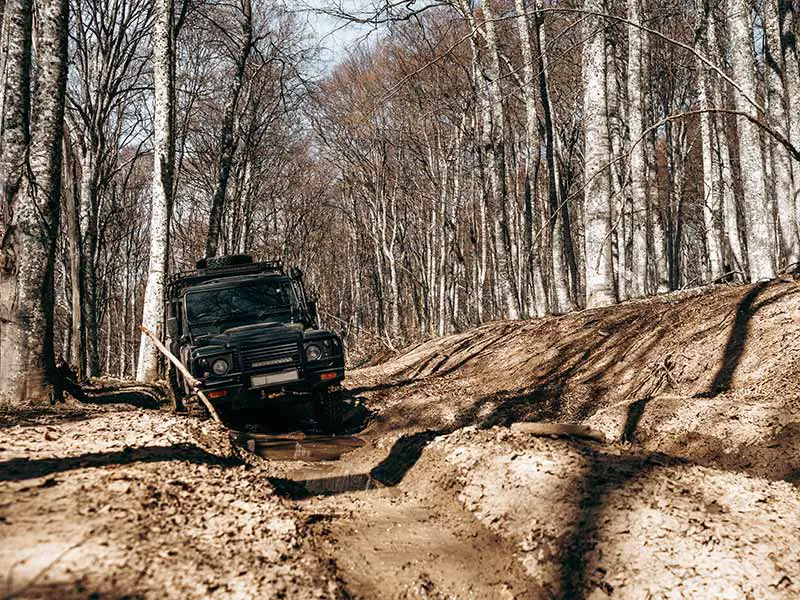
The Science of Tire Pressure and Terrain
Airing down, or deflating your tires, is a simple yet effective technique used by off-roaders to enhance their vehicle’s grip and stability on challenging terrains.
By intentionally reducing the air pressure in your tires, you increase the tire’s surface area that contacts the ground, which in turn provides better traction and a smoother ride over rocks, sand, and other uneven surfaces.
- Increased Contact Patch: Lowering tire pressure allows more of the tire to make contact with the ground. This larger “contact patch” improves grip and distributes vehicle weight more evenly over soft surfaces.
- Flexibility Over Obstacles: Less air means a softer tire that can adapt better to the contours of the terrain, helping to absorb bumps and prevent the tire from sinking into soft ground.
- Reduced Stress on Tires: A softer tire is less prone to punctures and damage from sharp rocks or hard edges found off-road.
Applying the Technique
Before you start letting out air, it’s vital to understand the right way to do it. Airing down should be done cautiously and carefully to avoid damaging the tire or wheel. Here are the basic steps you’d typically follow:
- Check Your Starting Pressure: Know your normal tire pressure to determine how much air you’ll need to let out.
- Use the Right Tools: A reliable tire pressure gauge and a deflator tool are your best friends here.
- Monitor Regularly: Keep checking the pressure as you deflate to ensure you don’t go too low.
For those looking into the nitty-gritty of this process or wondering about tackling this without beadlocks, our deep dive into Airing Down Without Beadlocks has you covered.
Why Not Just “Set and Forget”?
While it might be tempting to just air down to a set pressure and hit the trails, different terrains demand different pressures.
For example, what works on sandy beaches might leave you stuck in muddy ruts. Knowing when to adjust your tire pressure is crucial for any off-road enthusiast.
Familiarize yourself with the signs and scenarios for deflating in our guide on When to Deflate Tires for Off-Roading.
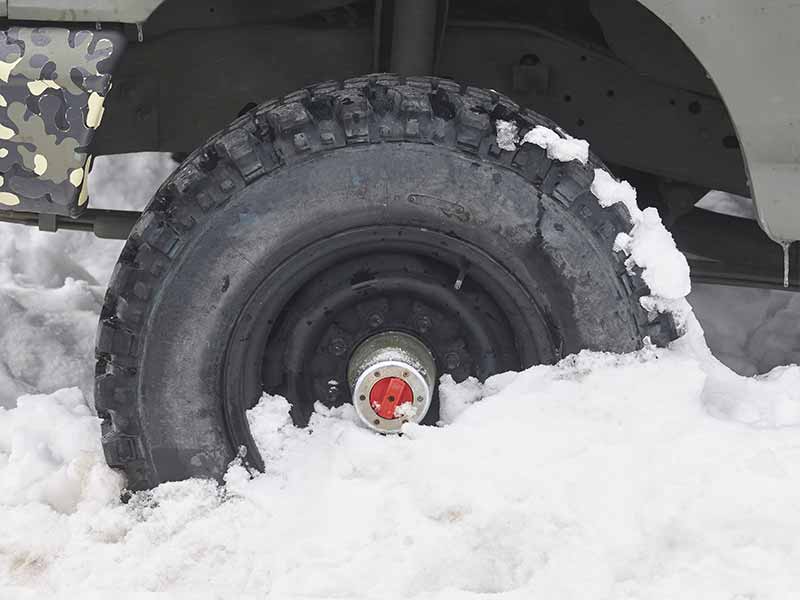
Benefits of Airing Down Tires for Off-Road
Airing down isn’t just a trick of the trade; it’s a strategic move to elevate your off-roading experience. This section dives into the tangible benefits of reducing your tire’s air pressure before tackling rough terrains.
It’s not about going softer for the sake of it; it’s about gaining an edge where the rubber meets the road—or, in this case, the rock, sand, or mud.
Enhanced Traction
- Bigger Footprint, Better Grip: More tire surface on the ground means more traction. This is especially crucial when traversing slippery or loose surfaces where every bit of grip counts.
- Adapts to Terrain: A softer tire conforms to obstacles, ensuring that more of the tire can grip onto whatever it’s rolling over.
Improved Ride Comfort
- Shock Absorption: Think of aired-down tires as built-in shock absorbers. They soak up the bumps and dips, making your journey less jarring and more enjoyable.
- Smoother Ride Over Obstacles: Whether it’s rocks or roots, softer tires can glide over obstacles that would typically jolt or jar a more rigid setup.
Reduced Risk of Tire Damage
- Flexibility Reduces Puncture Risks: Stiff tires are more prone to punctures when they hit sharp objects. Airing down makes your tires more pliable, allowing them to flex around rather than being pierced by obstacles.
- Less Strain on the Tire: Evenly distributed pressure and a larger contact area mean less stress on any one part of the tire, reducing the overall strain and wear during an off-road excursion.
Understanding these benefits is crucial, but it’s also vital to recognize that airing down is not a “one-size-fits-all” solution. Different vehicles and different terrains might require different approaches.
A robust understanding of your vehicle’s capabilities and the challenges of your chosen terrain is essential. Equip yourself with more knowledge on this and learn about the integral role of wheels in this equation with our comprehensive look into How Do Beadlock Wheels Work.
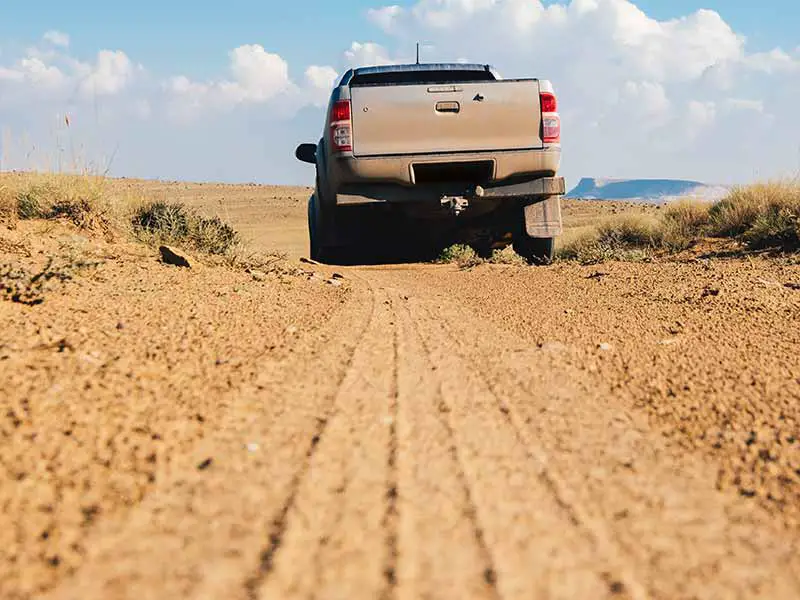
When to Air Down
Knowing when to air down is as important as knowing how. It’s about reading the road—or lack thereof—and understanding the conditions you’re about to face.
This isn’t about guesswork; it’s about making an informed decision that will significantly enhance your vehicle’s performance on various terrains. Let’s unpack the scenarios and indicators that suggest it’s time to reduce your tire pressure for an optimal off-road adventure.
Identifying the Terrain
- Soft Sand: If you’re heading for the dunes or beach driving, softer tires will increase your footprint and prevent you from sinking.
- Rocky Routes: Over rocks, lower pressure allows tires to mold around the sharp, uneven surfaces, enhancing grip and reducing bounce.
- Muddy Paths: In mud, the wider tire surface provided by airing down helps prevent the vehicle from becoming bogged down.
- Snowy Trails: Much like sand, snow benefits from a larger tire surface to distribute weight and improve traction.
Signs It’s Time to Air Down
- Losing Traction Frequently: If you’re slipping or struggling to climb over obstacles that you feel should be manageable, it might be time to consider reducing your tire pressure.
- Harsh Ride: When the terrain is making your ride uncomfortably bumpy, airing down can absorb some of the impacts and smooth things out.
- Visual Inspection: Sometimes, the terrain ahead is visibly challenging, with soft ground, deep ruts, or large rocks. These are visual cues to adjust your tire pressure accordingly.
Monitoring and Adjusting
Once you’ve decided to air down, monitoring and adjusting your tire pressure is key. Start by reducing your pressure in small increments and test driving to feel the difference. Keep an eye on how your vehicle handles and how the tires are responding to the terrain. Remember, too low can be just as problematic as too high, so finding that sweet spot is crucial.
Airing down is a dynamic decision, influenced by the immediate environment and the specific demands of the terrain. For those eager to master the art and science behind this technique, our article on When to Deflate Tires for Off-Roading provides a deeper dive into recognizing the right moment for deflation.
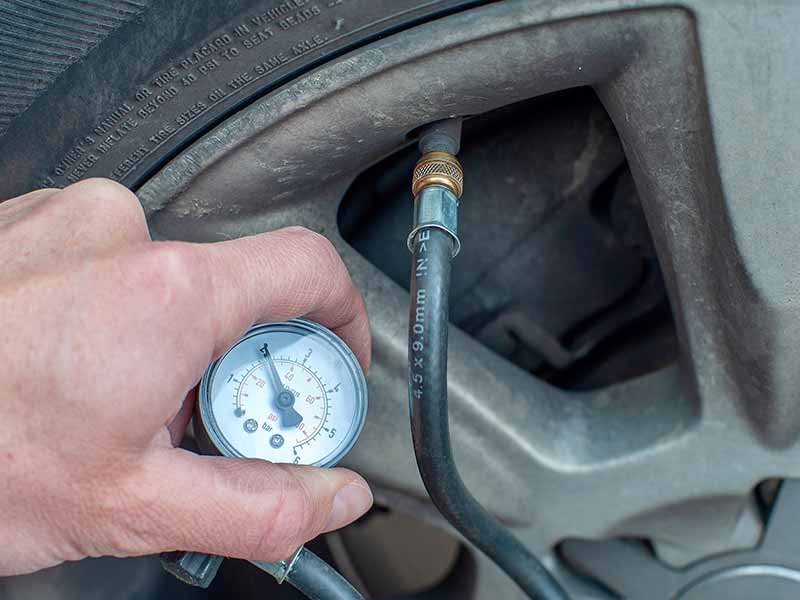
How to Air Down Your Tires Properly
Airing down is a key technique in off-roading, but doing it properly requires precision and understanding. It’s not about how low you go, but how appropriately you adjust the pressure to match the terrain and your vehicle’s needs. This section is your guide to deflating your tires safely and effectively, ensuring you get the most out of your off-road experience.
Step-by-Step Guide
- Initial Check: Before anything, know your standard tire pressure. This is your baseline from which you’ll be reducing.
- Choose Your Target Pressure: There’s no universal “right” pressure for off-roading; it depends on your vehicle, tires, and the terrain. However, a common starting point is to reduce tire pressure by 15-20%.
- Deflate in Stages: Use a tire gauge and air down in increments. Check the pressure frequently to avoid going too low.
- Feel It Out: After each adjustment, feel the tires and, if safe, drive a short distance to check the handling.
- Even Distribution: Make sure all tires are equally deflated to maintain balance and control.
Recommended Pressure Ranges
While specific pressure can vary, here are some general guidelines:
- Soft Sand: 15-20 psi
- Rocks: 15-25 psi
- Mud: 20-30 psi
- General Trail Use: 18-25 psi
Always tailor these to your specific vehicle and tire specifications and the exact nature of the terrain.
Tools Needed
To air down effectively, you’ll need some tools:
- Quality Tire Pressure Gauge: Precision is key, so invest in a reliable gauge.
- Deflator Tool: This tool can speed up the deflation process and provide more accuracy.
- Portable Air Compressor: Essential for re-inflating your tires before you hit the road again.
Safety Considerations and Best Practices
- Never Go Below the Minimum: Each tire has a minimum safe pressure. Going below it can cause rim damage or tire unseating.
- Keep an Eye Out: Regularly check your tires during your journey. Adjust as needed based on changing conditions or performance.
- Reinflate After: Once back on stable ground or paved roads, reinflate to the recommended road pressure.
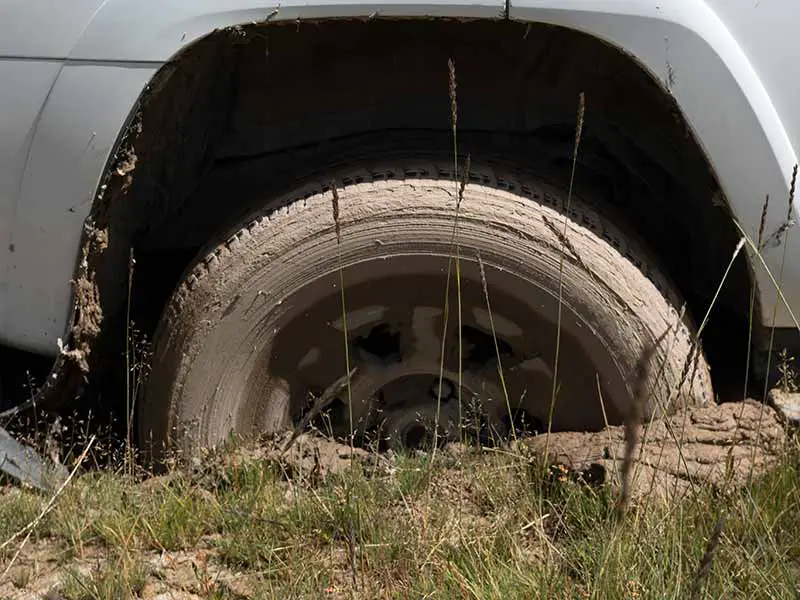
Troubleshooting Common Issues
Even with the best preparation and practice, airing down can sometimes lead to issues or uncertainties. Being able to troubleshoot common problems on the fly is an essential skill for any off-roader.
Uneven Tire Deflation
- Symptoms: Your vehicle is pulling to one side, or one tire is visibly lower than the others.
- Solution: Stop and check all tire pressures individually. Adjust each tire to ensure they are evenly deflated to the desired pressure. Use a reliable tire gauge for accurate measurements.
Accidentally Deflating Too Much
- Symptoms: The tires are overly squished, handling is poor, or the tire is slipping on the rim.
- Solution: If you’ve deflated too much, carefully re-inflate to the correct off-road pressure using a portable air compressor. Always do this incrementally, checking the pressure as you go.
Difficulty Re-inflating Tires
- Symptoms: Tires won’t re-inflate properly or the air compressor is not working efficiently.
- Solution: Ensure the compressor is properly connected and powered. If the tire is not seating correctly, try moving the vehicle slightly to reposition the tire or gently bouncing on the bumper to reseat the bead.
Tire Bead Unseating
- Symptoms: The tire has come off the rim, leading to a rapid loss of air.
- Solution: This is a more serious issue and can be tricky to fix in the field. Prevent it by not going below the minimum safe pressure. If it happens, you’ll likely need a bead setter or professional assistance to reseat the tire.
Best Practices for Avoiding Issues
- Regular Checks: Constantly monitor tire pressure and condition throughout your journey.
- Know Your Equipment: Be familiar with your tools and how to use them effectively. This includes understanding how to operate a tire pressure gauge and air compressor.
- Learn from Experience: Each trip can teach you something new. Pay attention to how your vehicle responds to different pressures in various terrains.
Resources
Below are some links you may find helpful when learning about tires:
- How to air down tires – Discount Tire
- How to air down tires for off-road driving and overlanding – Take The Truck
Final Thoughts
Airing down your tires is about more than just letting out air; it’s about preparing your vehicle for the challenges of off-road terrain and ensuring a safe and enjoyable adventure.
The right tire pressure can significantly affect your vehicle’s handling and durability. Take the time to understand the nuances of your vehicle and the terrains you’ll tackle.
Always use the proper tools, follow safety guidelines, and adjust as conditions change.
Good luck and happy motoring.
